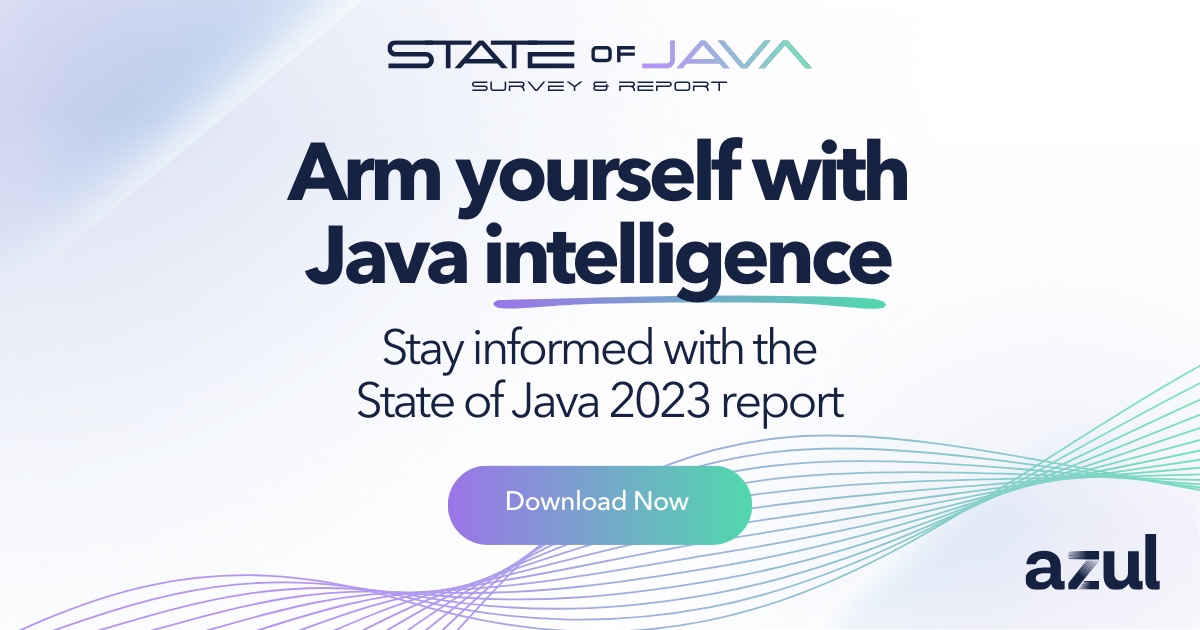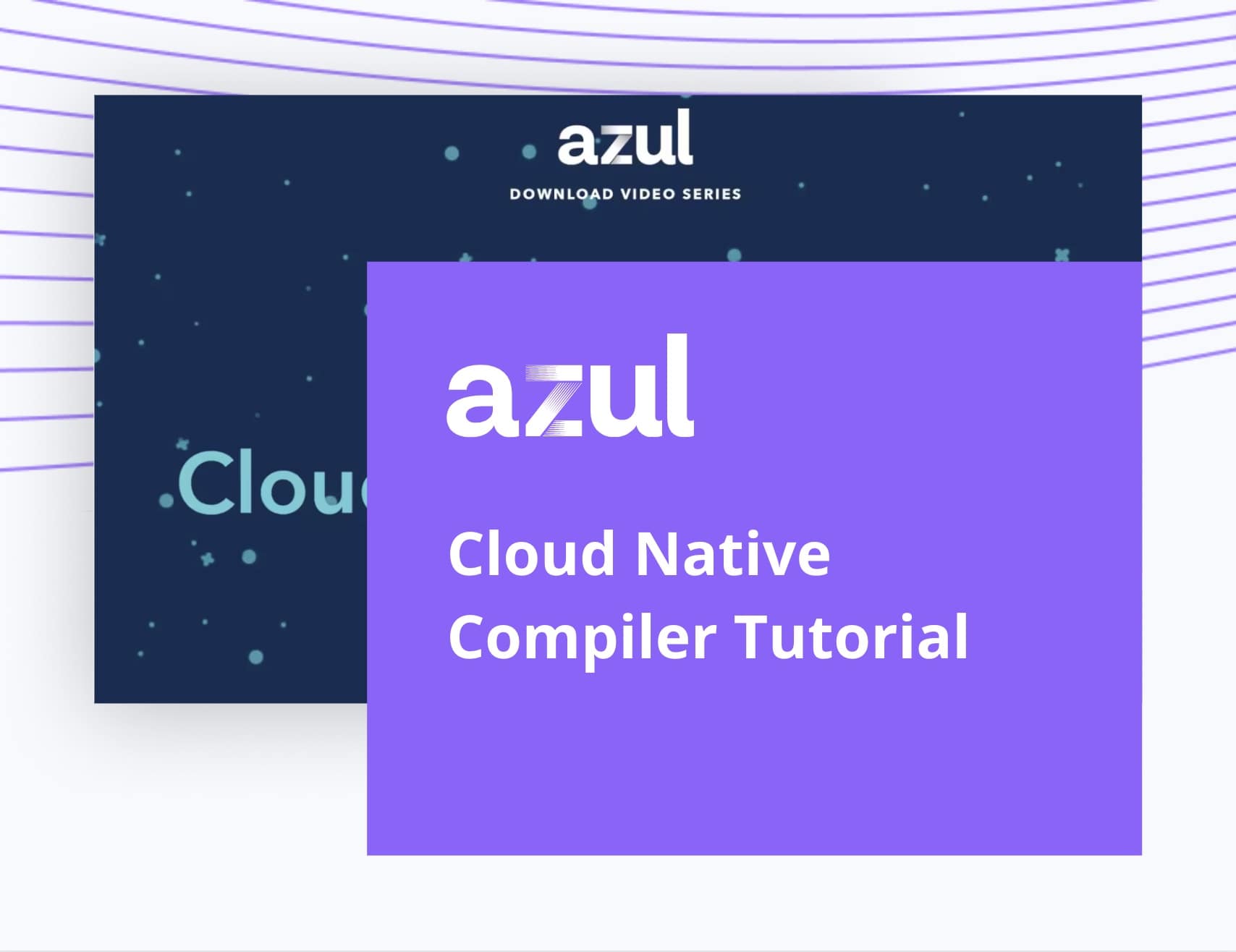What is Cloud Native?
Cloud Native means software designed according to cloud principles. It brings real scalability, elasticity, and high levels of availability. It uses shared services provided by its cloud environment or it provides services by itself for others to use. Lots of applications can run in the cloud. Cloud-native applications share cloud services for scalability, elasticity, and high levels of availability.
What Is a Cloud Native Application?
Cloud native applications are constructed to leverage the benefits of the cloud, in both the development and execution side. One key component of cloud native applications is that they are containerized, meaning they self-contain all the resources necessary to be run anywhere. Alternatively, traditional applications will have dependencies, meaning they rely on certain libraries and infrastructure components to run. When an application is containerized, it is no longer dependent on a system to run and contains all the necessary components to operate. This feature of cloud native applications offers agility, portability, and many other benefits to enterprises looking to optimize their cloud technology.
- Agility: Cloud native applications have increased agility because they simplify the development process and can be scaled to meet demand. With no dependencies between applications, developers can work on one application and not have to worry about interfering with the entire system. Additionally, the applications can be scaled to demand. The applications can run anywhere, meaning they can scale to new operating systems if demand exceeds infrastructure limitations.
- Portability: Applications can be run on different platforms from where they are written, making them portable. The benefit of this is that applications and services only need to be developed once to be deployed anywhere.
What Is a Cloud-Native JVM?
A Java Virtual Machine (JVM) must meet three criteria to be considered cloud-native:
- It must have all functionality of its standalone runtime version (must comply to potentially existing specifications)
- It utilizes a shared service in the cloud to outsource one or more core runtime functions
- It shares information to be leveraged for insights and optimization across other instances or services
What Is a Cloud-Native Architecture?
A cloud-native architecture means all the components in the system are specifically designed to run on the cloud. Cloud-native architectures help companies get the most out of the cloud, offering scalability, resiliency, and performance enhancing benefits for enterprises.
- Scalability: Scalability is a feature of cloud native architectures, as they operate with microservices. A microservice architecture means that the applications in the system are all composed of independent, self-contained services. These services are all uniquely tasked with their own specialized function and don’t rely on additional application components to run. Therefore, microservices allow applications to deploy individual services; in traditional application architectures, dependencies require the entire application to be deployed, even if only one service is demanded. With microservices, new instances can be created in real time to address demand fluctuations, working to lower the cost and infrastructure required for running applications.
- Resilience: In a cloud native architecture, both the services and applications are self-contained. This promotes fault tolerance, as these features don’t rely on each other to operate. In traditional architectures, because components are interdependent, if one service fails, the entire system will fail. This also means that when developers want to work on one component of the architecture, the entire system will be affected. Cloud native architectures avoid this issue, as they operate independently. They can still communicate with each other, but components can be developed and fixed without any disruptions.
- Performance enhancements: Applications can share information across a cloud native architecture to optimize performance capabilities. Cloud native JVMs are components of the architecture that communicate information across an entire JVM fleet to enhance performance capabilities. They can share important information for performance optimizations, rather than having to learn this information independently. Additionally, this ensures consistency of data across multiple applications. Information sharing reduces the resources needed for memory storage and data collection, ultimately decreasing the costs, and increasing the efficiency of the application architecture.
What is Azul’s Role in Cloud Native Technology?
Azul deploys its Cloud Native Compiler (CNC) as its own service, with multiple JVM instances simultaneously using the shared knowledge and compilation services.
By living outside the managed language runtime, the JIT compiler provides the JIT service to all the runtime instances in the environment. Not only is the memory and CPU footprint lower (since it runs only once and not once per JVM), but the service can reuse knowledge from prior activity to answer compilation requests faster. It can also use performance information from all runtime instances for the highest level of performance-guided optimization. And it can push deoptimization decisions and recompilations of certain elements to all instances at once.
Because the JIT compiler lives outside the managed language runtime and runs only once, it provides certain advantages:
- Availability of the JIT service to all runtime instances
- Lower memory and CPU footprint
- Compilation requests answered faster
- Highest performance-guided optimization
- Deoptimization decisions and recompilations of certain elements to all instances at once
Azul Platform Prime
A truly superior Java platform that can cut your infrastructure costs in half.




